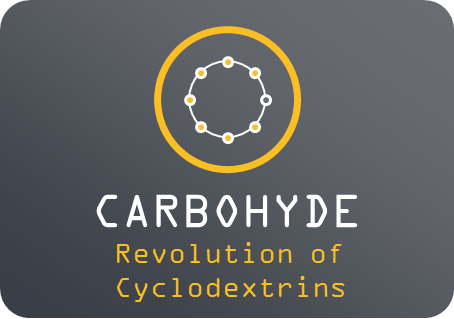Getting PFAS out of drinking water
Today’s cyclodextrin is C&EN‘s recent paper on PFAS removal out of drinking water features cyclodextrins too among other solutions.
The Chicago-based water purification company Cyclopure is looking beyond traditional activated carbon and ion-exchange resins. It uses β-cyclodextrins from plant-based products like corn and potato starch to remove PFAS from water.
For the past 4 years, the company has been optimizing conditions for polymerizing, purifying, and granulating β-cyclodextrins, which it purchases in bulk from WACKER. The plant-based sorbent, sold under the name Dexsorb, has a high capacity for PFAS, it takes up less space than GAC and can be regenerated.
Today, Cyclopure provides various industrial and consumer solutions with their technology
Public water utilities in the US are facing a 5-year deadline to meet low parts-per-trillion limits for six per- and polyfluoroalkyl substances (PFAS) in drinking water. The Environmental Protection Agency estimates that thousands of water systems will need to install advanced treatment processes to meet the limits. Utilities are eyeing several technologies to remove PFAS, including ion-exchange resins, granular activated carbon, and plant-based sorbents. But eventually they will need to replace such media, and what to do with the PFAS-laden spent media becomes the next challenge. Sustainability goals, concerns about liability related to PFAS in waste, and potential supply chain issues from soaring demand for PFAS removal media are pushing companies to develop methods for regenerating spent media and destroying the PFAS. But it’s unclear how water utilities will pay for technology to remove PFAS from their drinking water, as well as what the cost of replacing and disposing of media will be.
Getting PFAS out of drinking water (acs.org)









